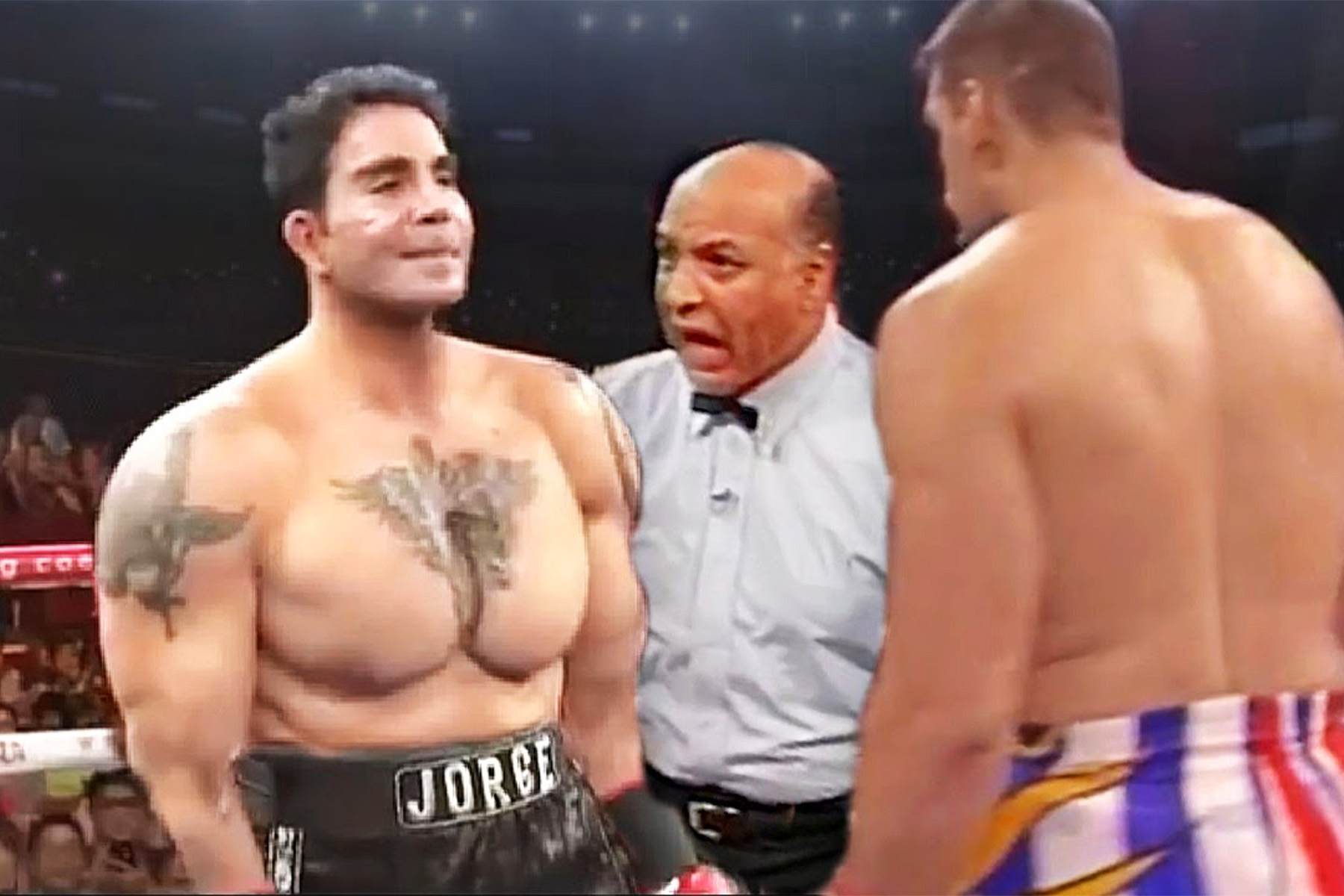In one of boxing’s most audacious frauds, Mexican media executive and politician Jorge Kahwagi Jr. orchestrated an elaborate deception that would ultimately make him a laughingstock in the sport. Born in 1968 to influential media mogul and political figure Jorge Kahwagi Sr., the younger Kahwagi grew up with every advantage but struggled with deep-seated insecurities and a desperate need to step out of his father’s shadow.
Despite his successful early career in both his father’s media company and Mexican politics, Kahwagi felt unfulfilled. At age 32, he made a decision that would lead to one of boxing’s most bizarre chapters – he would become a professional boxer, despite having virtually no genuine experience or skill in the sport.
What followed was a carefully orchestrated charade. Beginning in 2001, Kahwagi built an artificial 10-0 record with nine first-round knockouts, all achieved through suspiciously quick victories against overmatched or complicit opponents. Several of his early foes were later implicated in the FBI’s “Operation Matchbook” investigation into match-fixing, including Perry Williams and Richard Wilson. His opponents frequently fell to seemingly weak punches in obviously staged performances.
The facade began to crumble dramatically in 2005 during a bout against Roberto Coello that was caught on video. The fight exposed Kahwagi’s complete lack of boxing fundamentals as he flailed wildly while Coello clearly pulled his punches before taking an unconvincing dive. The outraged crowd pelted the ring with objects, their fury a clear verdict on the bout’s legitimacy.
https://www.youtube.com/watch?v=1HoJD_8Hhtg
But perhaps the most surreal chapter in Kahwagi’s boxing saga came in 2015, when he attempted an ill-advised comeback at age 47 in Siu City, Philippines. Sporting cartoonish muscle implants that gave him an almost comic book appearance, Kahwagi’s return to the ring was nothing short of farcical. His movements were stiff and robotic, his punches described by commentators as coming “in slow motion.” His opponent, Roman Olivas, seemed overly eager to play his part, dramatically falling to the canvas less than a minute into the fight from what appeared to be little more than a weak tap.
Throughout the broadcast, commentators openly mocked the spectacle, unable to maintain even a pretense of taking the bout seriously. The muscle implants that Kahwagi apparently believed would lend him credibility instead served only to impair his already limited mobility, making his movements awkward and uncoordinated.
Rather than achieving the respect and acclaim he so desperately sought, Kahwagi’s ill-conceived boxing career brought only ridicule and disdain. His story serves as a stark reminder that true athletic achievement cannot be purchased, and that the combination of wealth, desperation, and unchecked ego can lead to spectacular public humiliation. In the end, Jorge Kahwagi’s legacy in boxing is not one of triumph but of infamy – remembered not for his prowess in the ring, but for orchestrating one of the sport’s most bizarre and brazen attempted deceptions.
After his final embarrassment in the Philippines, Kahwagi retreated from the public eye, returning to his role in his family’s media organization. His cautionary tale stands as a testament to the futility of trying to buy success in professional sports and the inevitable exposure that awaits those who attempt to manufacture achievement through wealth and connections rather than genuine skill and dedication.


